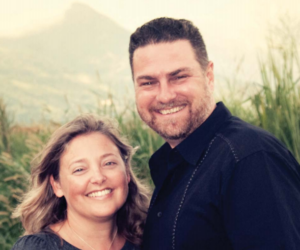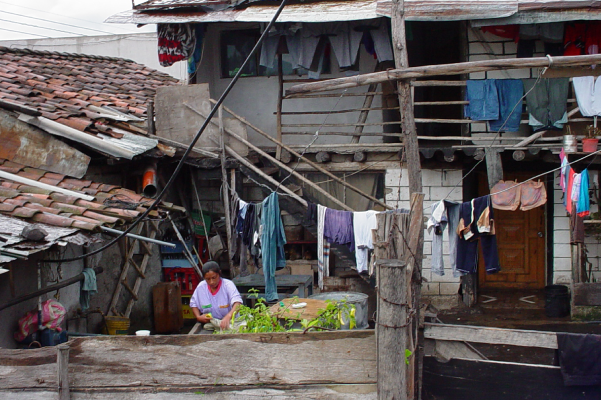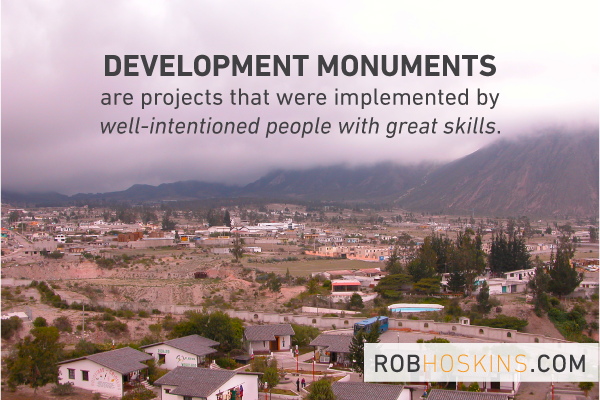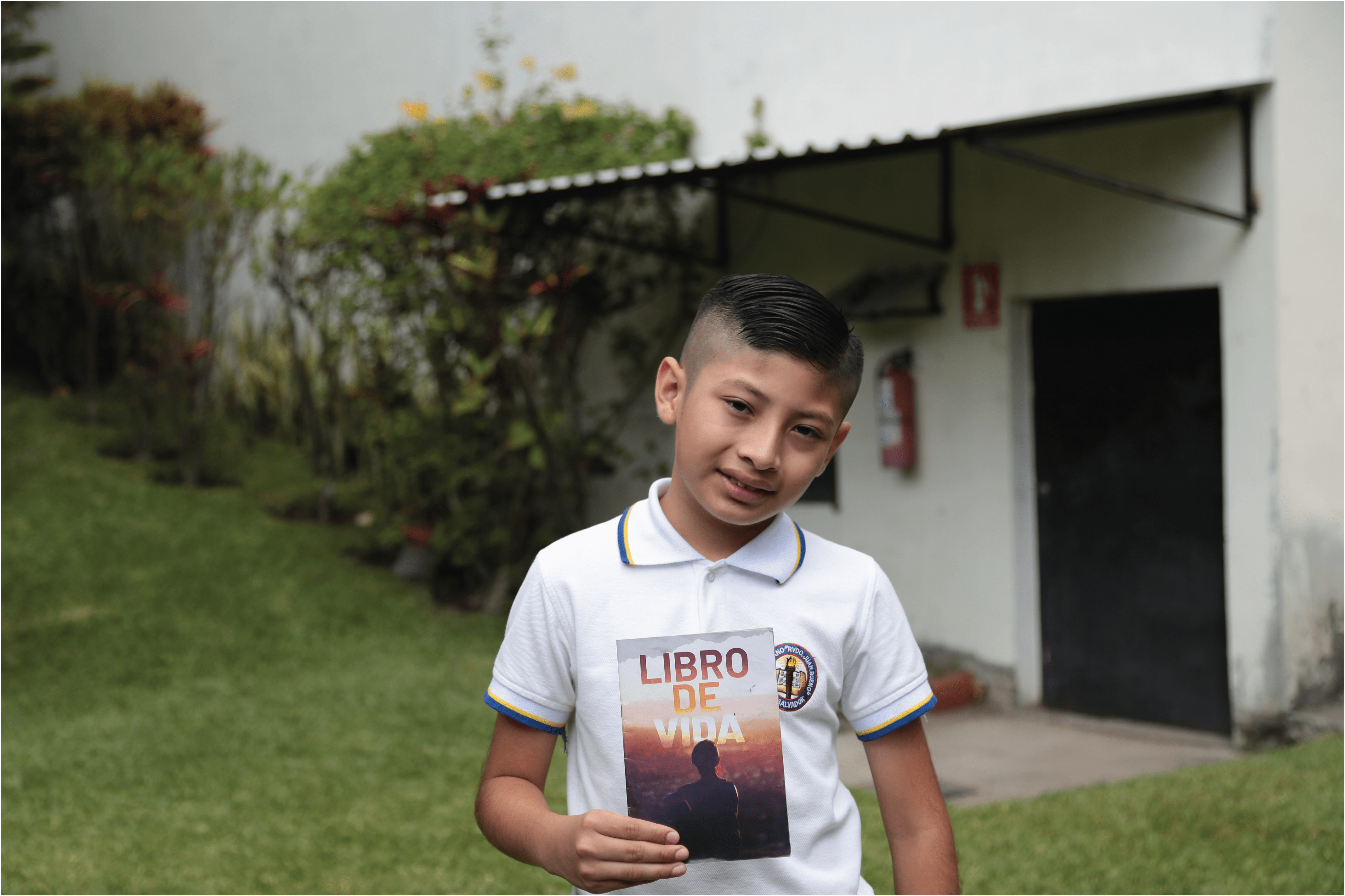[Tweet “Why dig a well when it would be most helpful to have running water instead?”]
If you drive through rural communities of El Salvador, and many other countries around the world, you are bound to see what I call a Development Monument.
Sadly, however, the projects are no longer being used for what they were designed to accomplish. School buildings that are now warehouses or makeshift housing. Water wells abandoned or monopolized by one family.
What I have learned over the last 25 years of working with low-resource communities is that avoiding a Development Monument is not only important to both donors and beneficiaries, but it is very possible. There are certain “best practices,” however, that have to be in place in order to see long-term success.
You must listen carefully and partner effectively with those who will benefit from the project(s). To assure that projects and programs such as water systems, schools, food security initiatives or health clinics continue to have their intended impact, it is important to design them with church and community leaders and with the goal of benefiting the majority of the community. In this way, local ownership is fostered.
Projects must be based off of end-users’ available resources. If the project is a water system, then the affordability of maintenance and community members’ ability to repair or replace parts must be addressed.
For projects to be managed over the long haul, local leaders/beneficiaries have to be equipped and trained not only to manage the current project but also to solve future problems in a manner that is equitable and effective. Water boards, parent/teacher organizations, or cooperatives led by trained leaders will insure continued oversight and cooperation. This final step, while fundamental to the projects long-term impact, is often rushed or omitted all together.
One of the first projects I worked with was a water system in a remote village in El Salvador. After validating that most of the community of 5,000 did not have clean water, we worked with community leaders to design a system that would provide water at a price that they could afford to pay. We also helped them to elect a water board, training them to receipt and account for expenses. Nearly twenty years later, the community is still receiving recognition for the cleanest water system in the region. And yet, over the years, there were extremely poor families in this population who could not repair their broken spigots or piping that brought the water into their homes.
This is where the church has stepped up, highlighting one of the most exciting aspects of working as a Christian in community development. The local church in this community was able to assist those families in greatest need to insure that they had continued access to the system. [Tweet “It is the church’s involvement that has made a key difference in sustainability.”] And when they are the ones who have helped to train their local leadership to identify, design and implement projects that will benefit the majority of the community, the project moves forward over many years. In this way they are able to fulfill the unique mission to care for the most vulnerable, demonstrating God’s love clearly and effectively.
Related:
 Ron received a BA in Anthropology from Vanguard University in 1990 and an MA in Anthropology from the American University in 1993. He is currently a PhD. Candidate at the University of Middlesex, London. In 1993 he returned to El Salvador, the place of his birth and childhood, to found ENLACE.
Ron received a BA in Anthropology from Vanguard University in 1990 and an MA in Anthropology from the American University in 1993. He is currently a PhD. Candidate at the University of Middlesex, London. In 1993 he returned to El Salvador, the place of his birth and childhood, to found ENLACE.
ENLACE (pronounced en-lay-say, the Spanish work for “link”) exists to equip local churches to transform their impoverished communities. ENLACE trains church leaders to work with their communities to develop sustainable health, infrastructure, and community economic development projects. Ron is also the founder, president, and CEO of a microfinance and investment Credit Union which operates throughout the country of El Salvador. He is married to Michelle, a writer and copy-editor for ENLACE. Ron and Michelle have three children, Jack, Micaela, and Greysen.







